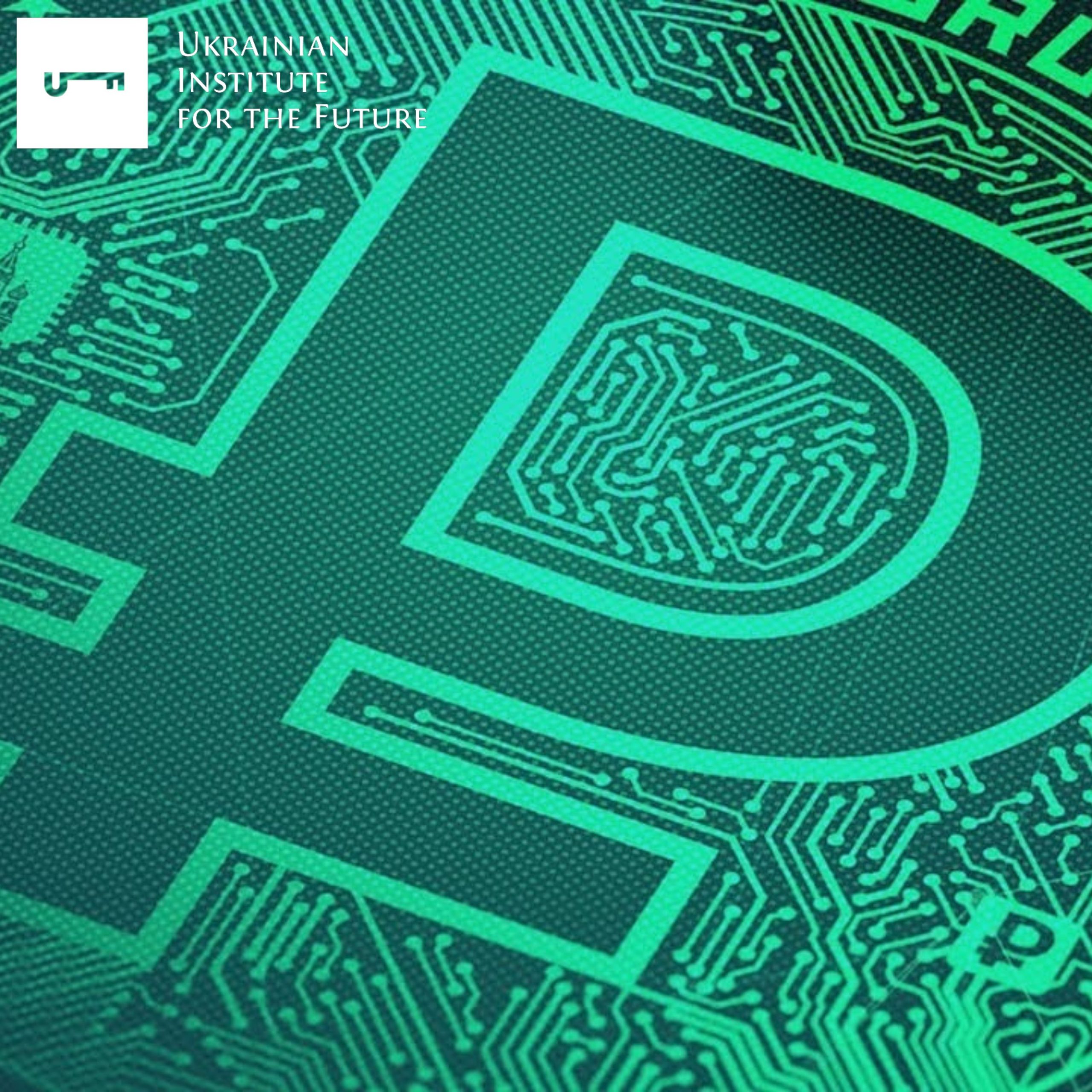On 11 July the Russian State Duma passed a law on the launch of the digital ruble. With the exception of provisions that have a different effective date, the document will come into force on 1 August 2023. Let’s have a look at what the digital ruble is and what impact its launching will have on the lives of Russians.
What is the digital ruble? How does it differ from cryptocurrencies and non-cash money?
The digital ruble is an additional form of the ruble. It should be noted that it has nothing to do with cryptocurrencies.
The main difference between digital currencies and cryptocurrencies is the existence of one issuer and one centre which is in charge of their liabilities. In other words, the Central Bank of the Russian Federation (CBR) will be the sole issuer of the digital ruble and will be in charge of its obligations.
Another key difference is that the exchange rate of the cryptocurrency is not backed by anything. The digital ruble is a fiat currency[1]. Its exchange rate will be equal to the rate set by the CBR. The digital ruble will also be a means of payment for goods and services in shops, which is not always possible with cryptocurrency.
According to the Central Bank of the Russian Federation, the digital ruble is the third form of the Russian ruble, which prior to its introduction had two forms of fiat money circulating in Russia: cash (banknotes and coins) and non-cash money on bank accounts and cards. The digital ruble is a combination of the characteristics of the cash ruble and the non-cash ruble. In other words, like non-cash money, the digital ruble allows for payments to be made remotely and for online settlements. Like cash, the digital ruble can be used offline in the absence of internet access.
Digital currency differs from non-cash in that it is stored in a digital wallet, not a bank account. There will be a single government verification system for Russians to have access to the digital ruble. Every citizen will have the right to open a digital wallet and make transactions from it. This includes transferring money to other people’s digital wallets.
The CBR will not issue loans in digital rubles. It will not charge interest on the balance and cashback, as banks do. Opening a deposit in digital rubles will not be possible either.
Stages of applying the digital ruble
In February 2023, the first stage of testing the prototype of the digital ruble platform was completed. It involved the participation of 15 banks (Sberbank, VTB, Alfa-Bank and others). During this stage, the banks tested registering and opening wallets, replenishing them, withdrawing funds from digital wallets to a non-cash account, transfers from one client to another, and payments.
The second phase of testing is expected to take place after the law comes into force on 1 August. It will involve a limited number of employees from the 13 banks from the pilot group and from the Central Bank of Russia. It will also involve about 30 medium-sized commercial companies from 11 Russian cities. It is at this stage that real transactions with the digital ruble will be carried out.
Russians will be able to use the digital ruble on a mass scale in 2025-2027, according to representatives of the Central Bank of the Russian Federation. By that time it will be in pilot mode.
Digital ruble pros and cons
The main advantages of digital currency are:
- SWIFT alternative. Despite the separation from SWIFT, the use of the digital ruble is expected to enable banks to make cross-border payments. At the level of national digital currencies, the CBR proposes two models of interaction:
- The first model is the conclusion of a separate bilateral agreement on the integration of digital currency platforms.
- The second model is the interaction of the national digital currency platforms by means of a common system. As a point of reference, the creation of a single currency for the bloc is on the agenda for discussion at the BRICS summit in August 2023. The likelihood of a new currency being introduced is low. However, 4 out of 5 BRICS countries (Russia, India, China and South Africa) have already launched pilot projects for their digital currencies. Therefore, it will most likely be a common system for national digital currency platforms to interact if the countries reach some kind of consensus.
- Potential reduction in commission costs. Acquiring [2] fees in Russia range from 0.5% to 3%. It is expected that a fee of 0.4-0.7% will be charged for payments in digital rubles.
- Other functions. Citizens will be able to transfer funds between themselves free of charge, as intermediaries such as banks are not required. This is expected to provide a safe and affordable way to participate in the financial system for people who do not have access to traditional banking services. For those in remote areas who may not have access to ATMs and terminals to withdraw or deposit cash, this can be particularly useful. In such areas, having only a smartphone may be enough to get paid.
At first glance, the digital ruble may appear to be an additional benefit for Russians, a kind of state care for its citizens. But there are several nuances:
- As we have already said, Russians who are interested in the use of the digital ruble will have to be verified in a unified state system.
- The digital money is going to be stored in a digital wallet (indirectly at the Central Bank).
- All transactions using the digital ruble will be fully monitored by the state.
What are the drawbacks of such regulations for the people?
- Total government control. When using cashless money, it will be impossible to track the entire chain of operations: what has been done with the money before it is transferred to the account and what will be done with it after. Each digital ruble will have its own identifier (number). This will make it possible to fully trace its movement and record the transactions in which it was involved.
The Central Bank will be able to simply block the account or impose certain restrictions on incoming and outgoing payments if questions arise about the origin of the money.
- A tool for influencing people. The state gains a tool for surveillance and full control over citizens and, consequently, the possibility of using this tool for accusations, even fictitious ones.
For example, its current owner could be accused of involvement and even imprisoned if the digital ruble was used to finance some dubious transactions, such as the financing of foreign agents or terrorist organisations, before it entered a digital wallet or, conversely, afterwards. This could be used to eliminate political rivals and those opposed to the regime.
- No interest and no cashback. Owners can get interest on their money, cashback, etc. when money is kept in commercial bank accounts. In a digital wallet, there will be no such bonuses. The central bank, unlike banks, does not charge interest on balances or cashback.
- Other risks. There could be a massive leak of personal financial information if the central database on the digital ruble and transactions with it, stored on the CBR platform, is hacked.
Thus, the digital ruble is nothing more than a system of surveillance and control over citizens. In general, this fits in well with the concept of Russia’s transformation into a totalitarian state.
For the time being, the use of the digital ruble is a voluntary decision by citizens, i.e. a right, not an obligation. However, it cannot be ruled out that in the future the use of the digital ruble will become compulsory for certain transactions or for certain people, for example government officials.
[1] Fiat money is a government-issued currency that is not backed by a physical commodity, such as gold or silver, but rather by the government that issued it.
[2] An acquiring service means a service of receiving payment via electronic card by sending or receiving an electronic card payment transaction to a payment card network which will subsequently switch and forward it to the electronic card issuer. The acquiring business provider will make the payment of goods or services to a merchant, a service provider, or another payment facilitator, who has a mutual service agreement regarding electronic card payment as agreed upon conditions.




